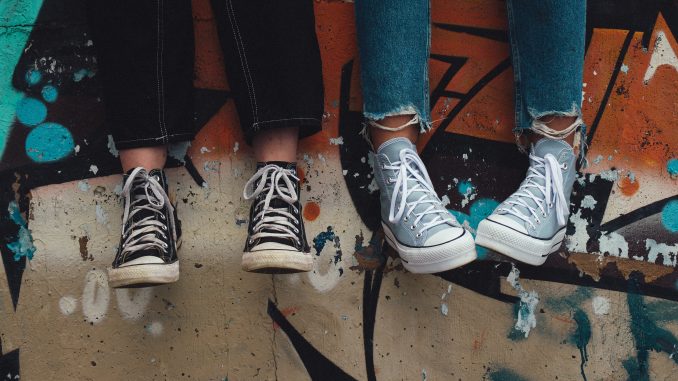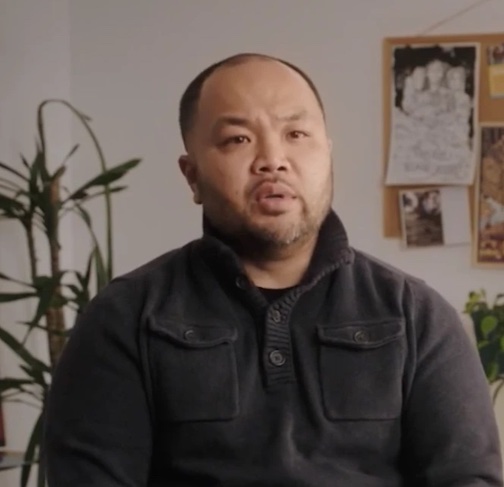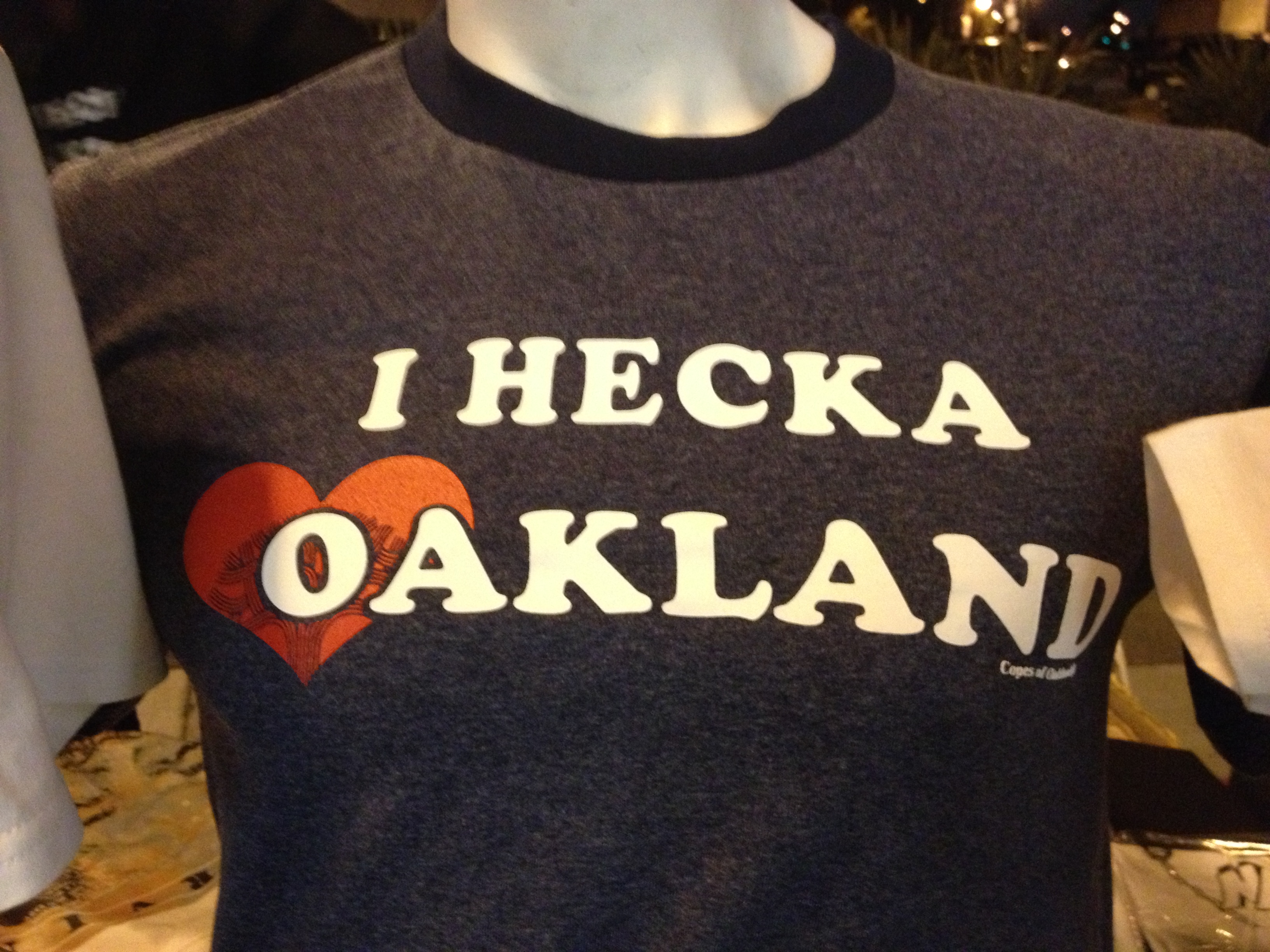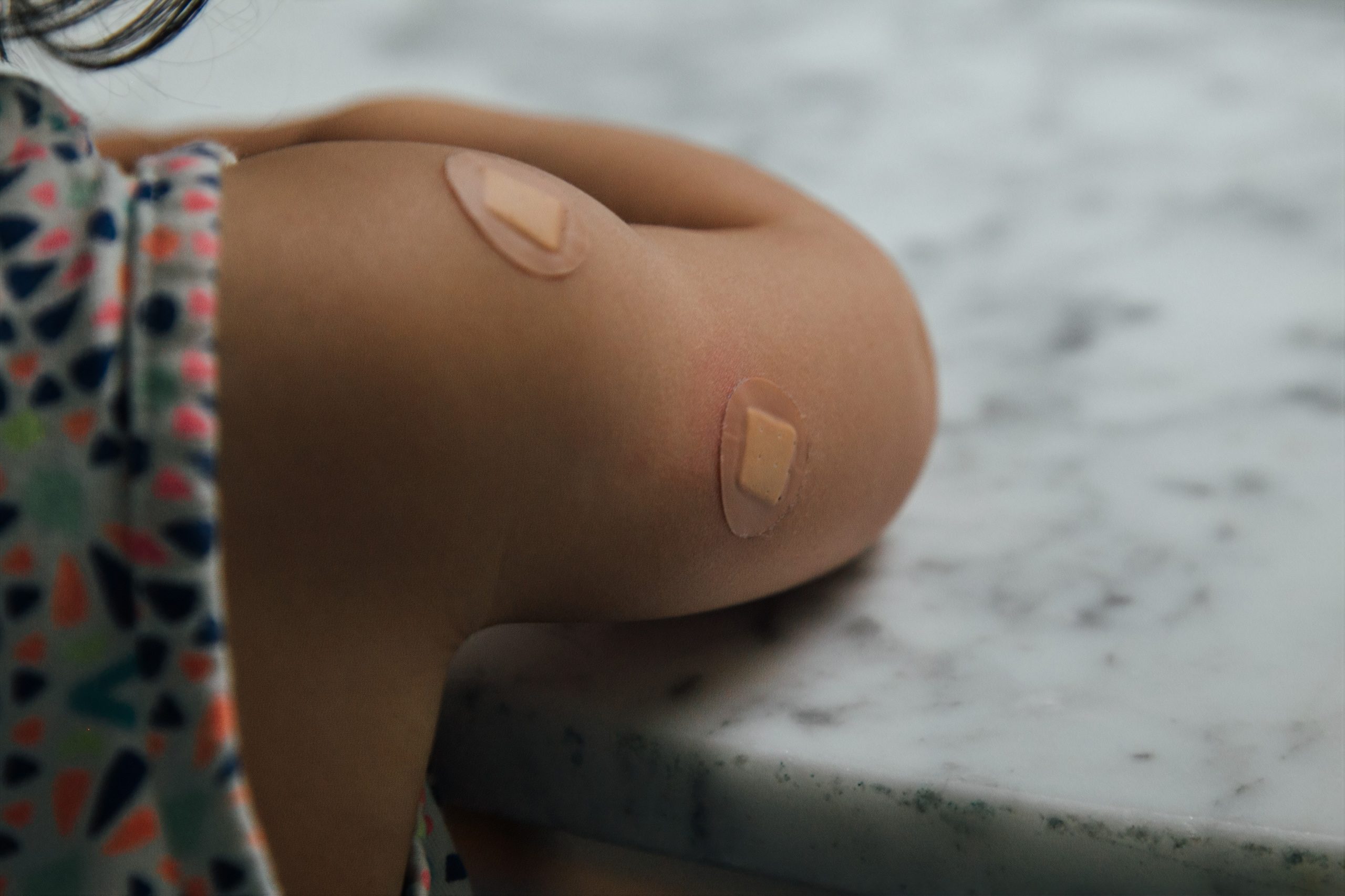
This article is written by nia t. evans for Prism and originally published on June 21, 2023. The below article includes additional reporting by Oakland Voices co-director Momo Chang.
From Oakland, California to Memphis, Tennessee, city leaders and police chiefs are locking arms to fight an alleged rise in youth crime.
In Illinois, the Chicago Police Department implemented a curfew at Millennium Park for minors after three teenagers were wounded in shootings at youth gatherings in April. In Oakland, Acting Oakland Police Chief Darren Allison said the city was seeing a “surge in violence” after a recent string of robberies and carjackings resulted in the arrests of 20 people, 14 of which were under the age of 18. On Sunday, a gathering of 300-400 teenagers at Bay Street Mall in Emeryville led to fights, an alleged gun that went off, and someone being stabbed. (Details are still unfolding about this event).
In Baltimore, Maryland, officials recently concluded a manhunt for a teenager known as “Baby K” who is accused of attempting to shoot a student on a school bus in May. Youth advocates say these tragic, local incidents are snowballing into an all too familiar narrative about violent, out-of-control teen gangs.
The challenge with these reports, as with most crime reporting, is the sourcing. Police reports are notoriously unreliable. And outside of police claims and anecdotal data, evidence of this trend is sparse.
“The statistics are not there,” said Mike Males, a senior research fellow with the Center on Juvenile and Criminal Justice in San Francisco, California. “We really don’t have a larger picture. The police have proven completely unreliable in the past. They always try to blame violence on youth.”
When examining Oakland Police Department’s latest figures, Males found young people to be overrepresented in robbery arrests, but underrepresented in every other category of violent crime and in violent crime as a whole. Baltimore Police Department statistics are out of date, but tell a similar story. Does this limited data illustrate a crime wave? The answer remains to be seen.
What is undeniably true is that young people are struggling — physically, mentally, and economically.
“Historically Black folks in Oakland have been facing really harsh conditions,” said Tony Douangviseth, a youth advocate and executive director of Youth Together, a local organizing collective. “The violence that I see is in years and years of under-resourced communities and a lack of response from state leaders, from county leaders, and from national leaders.”

The country has seen recent evidence of these failures in real-time. In the last three years, young people have weathered a global pandemic in virtual classrooms, often without adequate technology, public health protections, and social and economic supports. They’ve lost caregivers and family members. Teens are facing record rates of depression, self-harm, and suicide — and this is especially true for girls. These crises continue to grow in the aftermath of the pandemic, yet, statistically, they have not produced higher rates of violence and crime. Quite the opposite.
According to the Sentencing Project which advocates for humane responses to crime, the arrest rate for people under 18 peaked in 1996 and has declined by more than 80% since then. The organization also reports that the number of young people held in juvenile detention facilities on a typical day fell by 77% between the peak year in 2000 and 2020. The Department of Justice’s Office of Juvenile Justice and Delinquency Prevention reported a similar trend in August 2022. However, arrest rates are not the same as crime rates, and incarceration levels are not a proxy for overall trends of violence. Still, according to the data markers public officials hold dear, youth crime has fallen rapidly for decades.
“This generation is one of the least crime-prone we have ever encountered,” Males said. “It is totally discombobulated …You’re not supposed to have teenagers that are less crime prone and less prone to violence than people in middle age, but that’s what we have with Gen Z.”

Oakland’s Black Organizing Project director Malaika Parker adds that the recent events in Emeryville demonstrate the need for more resources for youth.
“Oakland, for a really long time, and the Bay Area really, has steadily widened the divides that exist in our communities,” Parker said. “We see our children respond to pressure in ways that they can, and it’s not always the way that we might want them to, or that we think is appropriate. What I know for sure is there’s a lot of pain, and people not getting their needs met, and that’s happening all around the Bay Area. We also live in a society that is steeped in violence, and somehow we are surprised when it shows up in children’s behavior.”
Advocates say studying the correlating factors of this trend, such as poverty and toxic lead exposure, could help cities craft better responses to instances of youth violence. Instead, city officials promote crime and punishment narratives. And they are often aided by police departments with histories of unconstitutional policing.
While comprehensive data documenting a rise in youth crime remains elusive, police advocates and officials are using the extra airspace to disparage juvenile justice reforms. After eight teenagers were arrested in May for a string of robberies, Oakland Police Officers’ Association President, Sgt. Barry Donelan blamed a “revolving door” justice system” that fails to keep the right people in jail. The Memphis Police Department’s Deputy Chief, Stephen Chandler, echoed the sentiment in an interview last month regarding the arrests of a group of teens for a series of violent crimes. Chandler told local reporters, “They know nothing will happen to them, so they can get back out there and do it right over again.”
After the arrest of Baby K, Prince George’s County Police Chief, Malik Aziz, went a step further by openly criticizing Maryland’s juvenile justice laws.
“Those protections have given way to a protection of some people who have committed very heinous crimes,” Azis said.
A similar story unfolded in the aftermath of the 2020 racial justice uprisings when – without evidence— police officials blamed bail reform for an increase in shootings and homicides. Bail reform continues to be under attack in several states. Having lost control of their usual methods of destructive and discriminatory policing, police officials are attempting to claw their power back and pave the road to a revived era of mass incarceration.
So, what can be done? Violence, whether it’s a wave or not, flourishes during summer months. Young people are out of school and often without safe, outdoor spaces to go to. In the face of these realities, cities are responding with a mixed bag of solutions. Some, like Oakland and Baltimore, are calling for a combination of police interventions and community investments. They want more police on the street and more money for violence prevention, workforce development, and educational programs. Other cities, like Akron, Ohio, are piloting ambitious plans funded by the American Rescue Plan. By 2028, the city’s Youth Violence Intervention and Prevention Strategic Plan aims to reduce violence committed by young people ages 13-24 by 10%. Strategies include mentoring, improved access to recreational programs and social activities, mental health and substance abuse treatment, and building trust between young people and law enforcement.
Moving forward, advocates like Malaika Parker, the executive director of Oakland’s Black Organizing Project, are pushing for a different kind of dialogue.
“Our children have gone through collective trauma after generations of collective trauma and the only conversation folks seem to be willing to engage in is how much to lay blame at the feet of the very ones we should be protecting,” she said.
To the executive director, the path to eliminating violence starts with listening, community building, and solidarity.
“We can resist narratives that criminalize [young people] and demand systems show up for them in a way that gives them access to thriving futures,” Parker said. “Talking to one another and building community helps us to truly understand what is happening around us.”
+ + +
Prism is an independent and nonprofit newsroom led by journalists of color. We report from the ground up and at the intersections of injustice.
Please see the links in the byline above the story for more information about the authors of this articles.




Be the first to comment